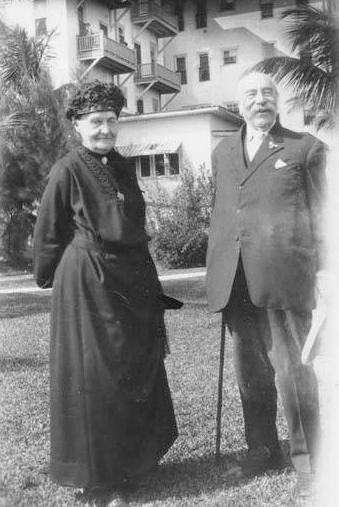This street, which goes 600 feet from 12th Avenue in the west to 14th Avenue in the east, a block south of E Jefferson Street, was named as part of Greene’s Replat of Block 10, Squire Park Addition to the City of Seattle in 1903 by William Kimball Greene (1869–1940), transferring the Remington name a block south from Jefferson, the street it was originally applied to in 1890 by Watson Carvosso Squire (1838–1926), who had been territorial governor of Washington from 1884 to 1887 and Washington’s senator from statehood in 1889 to 1897.
Squire married Ida Remington in 1868; the next year, William Kimball Greene was born to Ida’s younger sister, Catherine, and her husband, Elijah Priest Greene. Ida and Catherine’s father, Philo, was the son of Eliphalet, who in 1816 had founded what became E. Remington and Sons, predecessor of Remington Arms and, via Remington Typewriter Company, Remington Rand and its successor, IT company Unisys.
Because Squire was the first to apply the name to a street, I count E Remington Court as ultimately being named after his wife, Ida, though one could say Greene’s preservation of the name, after the E Jefferson Street name had been extended by ordinance in 1895 from First Hill to Lake Washington, might also have been to honor his mother, Catherine.

Born and raised in Seattle, Benjamin Donguk Lukoff had his interest in local history kindled at the age of six, when his father bought him settler granddaughter Sophie Frye Bass’s Pig-Tail Days in Old Seattle at the gift shop of the Museum of History and Industry. He studied English, Russian, and linguistics at the University of Washington, and went on to earn his master’s in English linguistics from University College London. His book of rephotography, Seattle Then and Now, was published in 2010. An updated version came out in 2015.